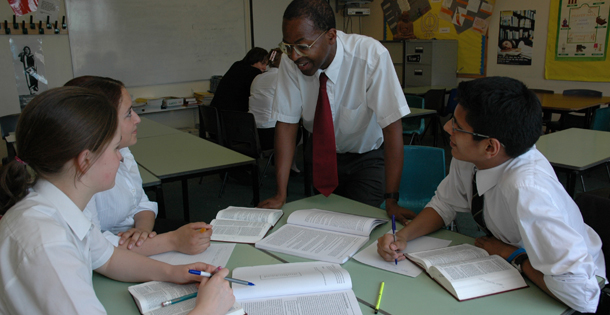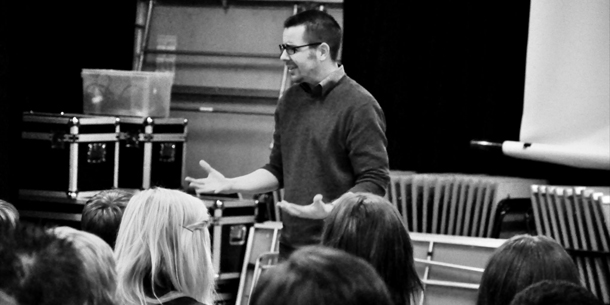Bible base:
Luke 2:8-20
Teaching objectives:
To explore how Christians believe the announcement of Jesus’ birth to the shepherds shows that it is a message for everyone.
You will need:
- Pictures of scientists, shepherds and politicians enlarged on to big pieces of paper/card.
- 6 headlines enlarged and stuck to large pieces of card or the front of newspapers.
Introductory activity:
Show the assembly the pictures of the three groups of people. Ask what job they think each group does. Explain that the first group are scientists, the second are shepherds and the third are politiicans.
Show the assembly each of the first five headlines in turn. Which of our three groups should be the first to hear this news? Put the headline underneath the appropriate picture.
- NEW DISCOVERY TO SAVE LIVES
- NEW RULER IN THE NATION
- IMPORTANT NEWS FROM THE KING
- NEW WAY TO IMPROVE LIFE
- NEW SHEEP HERDING METHOD DISCOVERED
The shepherds would be last to hear all the world-changing news – they might have heard about the new ways to herd sheep if they could be found on the hills! The shepherds we are going to look at today lived 2000 years ago, before there were radios or newspapers, so they would have heard virtually nothing of what was happening even in their own country.
Christians believe that one night these shepherds heard the greatest news that anyone had ever heard. There had been about 700 years since God gave the message to Isaiah. (Only mention if you have done the assembly on Isaiah). On this night, the shepherds were given a world exclusive!
Look at all the headlines the other groups have. Christians believe that all these headlines came true the night that Jesus was born. He came to save lives, He came to be a ruler, He was sent from God, the King, and He would improve the life of His people. But, the amazing thing was that this message went first not to the scientists of the time (take their headlines away), nor to the politicians (take their headlines away), but to the shepherds (put all the headlines with the shepherds).
These shepherds were all out in the fields, watching their sheep, minding their own business, when suddenly, an angel appeared to them and told them that the person God had promised years before, whom they had heard about from their parents and grandparents, had finally been born in Bethlehem. And what was more, they were the first to hear about it! I wonder if they had ever been first to hear any news before?
So, why did they hear it first? The answer is in what the angel says. Show them the final headline:
6. I HAVE GOOD NEWS FOR YOU, WHICH WILL MAKE EVERYONE HAPPY
The message of Jesus is not just for very clever or important people, but for everyone. Because of this, God made sure that the shepherds, who were not rich, important or even well thought of, heard it first. Christians believe that everyone is important to God and that He wants everyone to know about His Son Jesus.
Optional prayer time:
Show all the headlines (apart from the one about sheep herding!) and pray through them, giving thanks that Jesus is the fulfilment of all these things.

